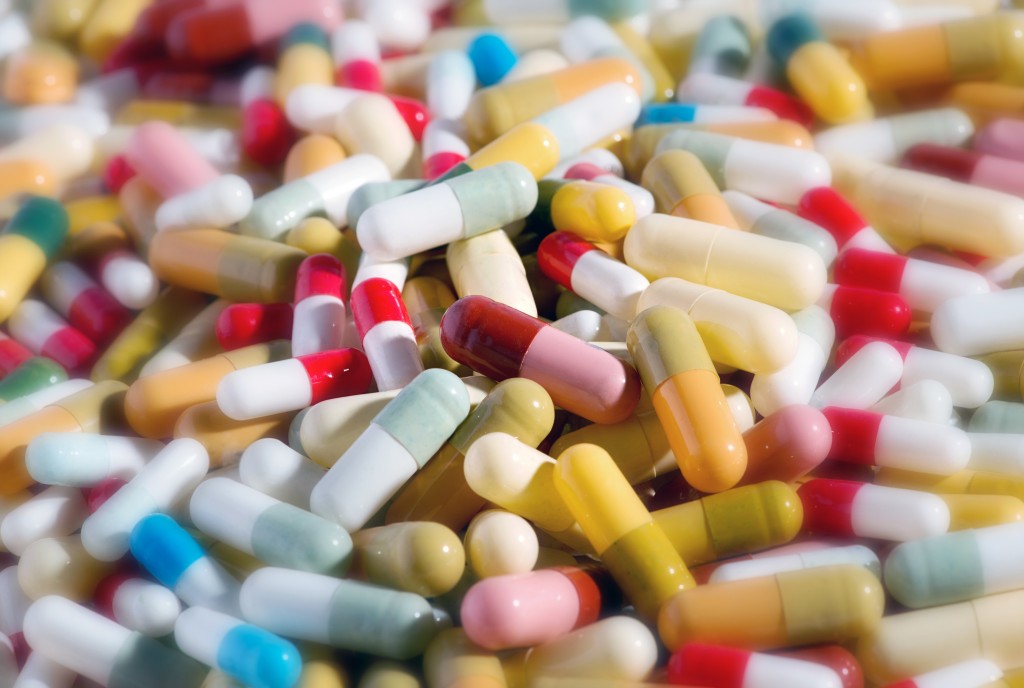Are Antibiotics Really Necessary?
Are antibiotics really necessary? Based on the wide variety of prescription antibiotics that have been given to patients presenting to my office for evaluation and possible treatment, there seems to be a significant misunderstanding and controversy around the topic. The confusion stems from being able to determine when a prescription is needed and what to prescribe; if a prescription is necessary, the dosage, frequency, and duration can also cause some confusion.
I’d like to eliminate some of this misperception about the use of antibiotics for patients with disease of endodontic origin, and suggest that most of the antibiotic prescriptions dispensed for tooth pain are unnecessary and, in fact, inappropriate.
Not all diagnoses warrant antibiotic therapy
Before prescribing any drug, an appropriate diagnosis must be made. If the diagnosis warrants the need for antibiotics, the most appropriate medications may be assessed.
According the Center for Disease Control and Prevention (CDC), nearly half of all antibiotic prescriptions are improperly dispensed. This certainly seems to be the case in dentistry since antibiotics are routinely prescribed for patients in pain — especially pain suspected to be of endodontic origin. Pain by itself, however, is an inappropriate symptom to treat using antibiotics — no reputable clinician would prescribe antibiotics to treat back pain.
When a dental patient in pain is determined to have an irreversible pulpitis from deep caries and implying a vital pulp, the appropriate treatment is endodontic therapy or extraction along with pain medication. If a patient presents with pain of odontogenic origin and the diagnosis is necrotic pulp, the pulp may or may not be infected. In either case, the appropriate treatment is once again endodontic therapy or extraction — in other words, the source of infection or potential infection should first be removed.
If the patient is swollen and has swollen nodes and an elevated body temperature, this may suggest systemic involvement and the presence of an infection too severe for their natural immune system to handle. Only in these rare circumstances would antibiotic therapy be indicated.
Again, let me say that antibiotics are rarely required in outpatient dental treatment and their overuse is causing more harm than good. According to the CDC, antibiotic resistance is so common that it has been a concern for years and is considered one of the world’s most critical public health threats.
Know your antibiotics
If antibiotic therapy is indicated, selecting an antibiotic with the narrowest spectrum that includes the most likely pathogens would be the most efficacious route and result in the fewest side effects (which include antibiotic resistance of organisms without dental implications, nausea, diarrhea, and dyspepsia).
For patients requiring antibiotics secondary to an infection of endodontic origin, the antibiotic of choice is still penicillin V. Although amoxicillin is by far the most frequently prescribed antibiotic, based on my experience, it has a broader spectrum than necessary that can lead to unnecessary side effects. Its advantages over penicillin are its increased bioavailability, requiring less frequent dosing; therefore, if it’s used, it should be prescribed three times a day.
Cephalosporins can be used, but they don’t offer any advantage over penicillin V unless the patient is hospitalized. Cephalosporins are effective against S. aureus, an organism responsible for many secondary infections acquired in hospitals.
For penicillin-allergic patients, the antibiotic of choice is clindamycin. Macrolides, such as erythromycin and azithromycin, have no place in the treatment of odontogenic infections and have the potential to cause significant harm. Tetracyclines, although effective for the treatment of some periodontal infections, are not indicated in the treatment of patients with infections of odontogenic origin.
If the source of the infection has been removed and the patient fails to respond favorably after two to three days of penicillin V or clindamycin therapy, it is necessary to add metronidazole. Metronidazole is highly effective against anaerobic bacteria but inactive against obligate aerobes. Therefore, it’s not appropriate as a first line of defense or replacement antibiotic for infections of odontogenic origin, but is very effective in combination with the primary antibiotic of choice. The recommended antibiotic dosages are as follows:
- Penicillin V: 500 mg, four times a day
- Amoxicillin: 500 mg, three times a day
- Clindamycin: 300 mg, three or four times a day
- Metronidazole: 500 mg, three or four times a day
Finally, there are no precise recommendations for the duration of antibiotic coverage. Most dental infections resolve after five to seven days and if the patient’s signs and symptoms have been resolved, there is no beneficial outcome to extending antibiotic therapy for a longer period.
FOUNDATIONS MEMBERSHIP
New Dentist?
This Program Is Just for You!
Spear’s Foundations membership is specifically for dentists in their first 0–5 years of practice. For less than you charge for one crown, get a full year of training that applies to your daily work, including guidance from trusted faculty and support from a community of peers — all for only $599 a year.

By: Glen Doyon
Date: May 22, 2014
Featured Digest articles
Insights and advice from Spear Faculty and industry experts



